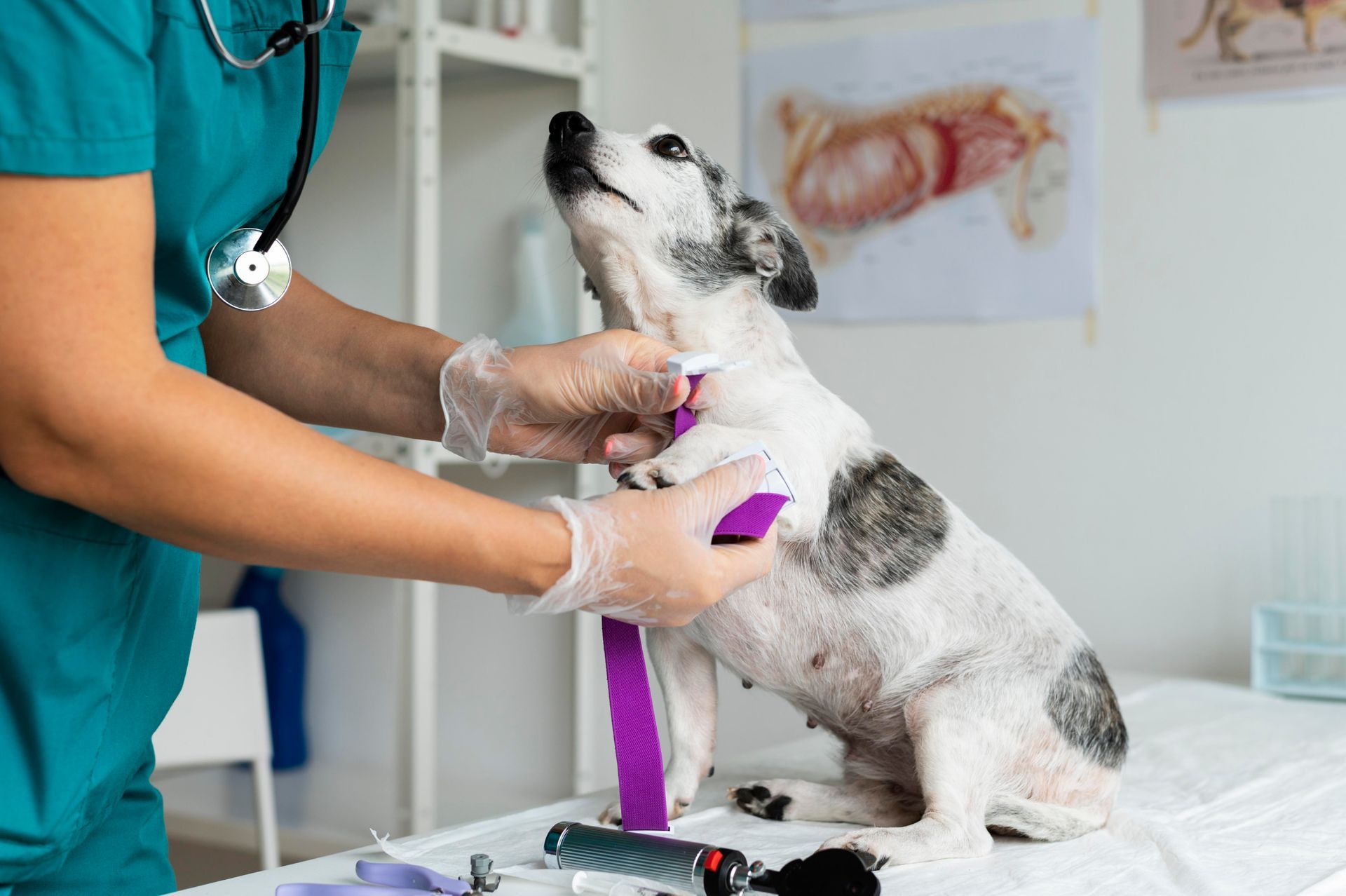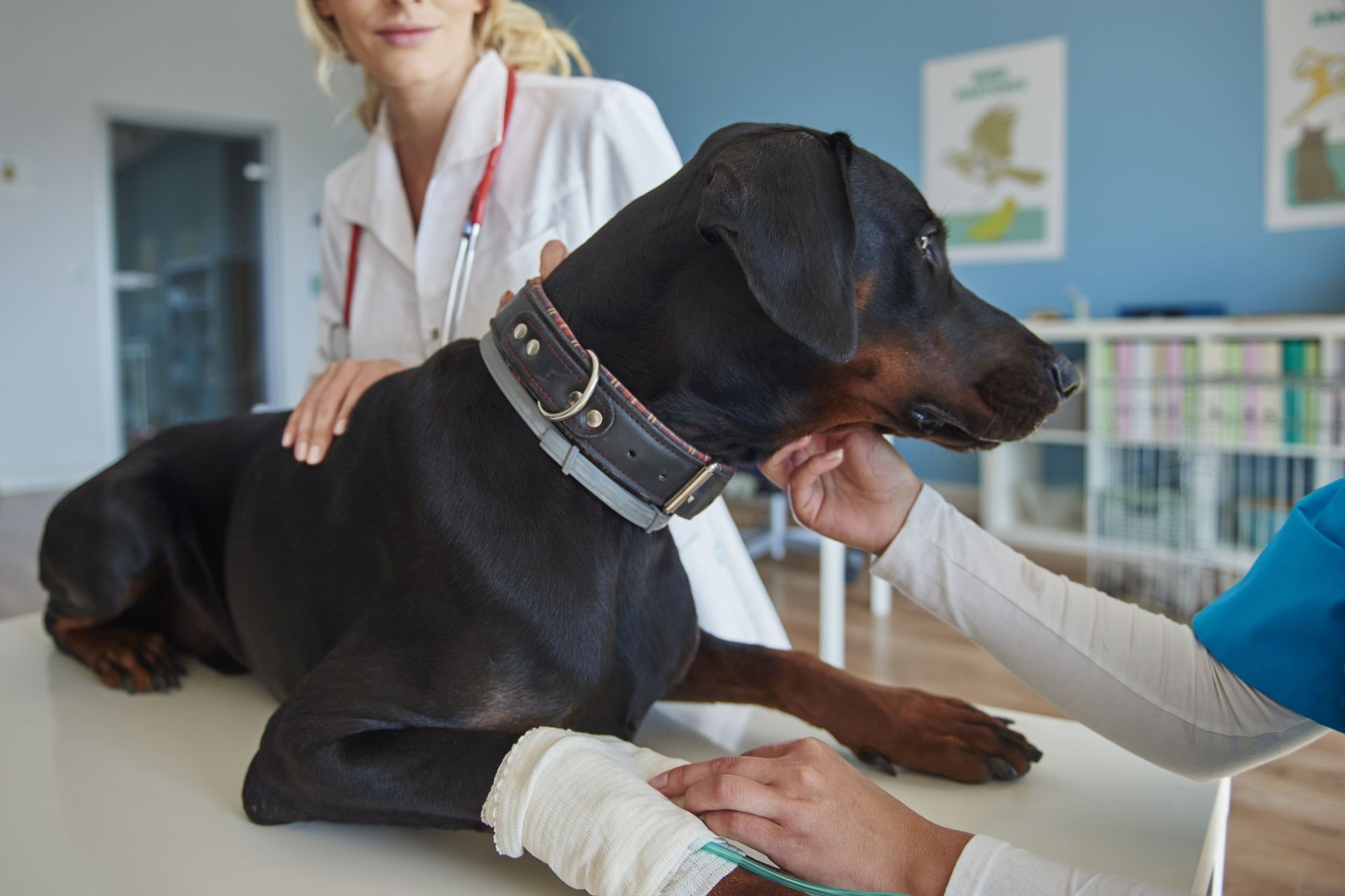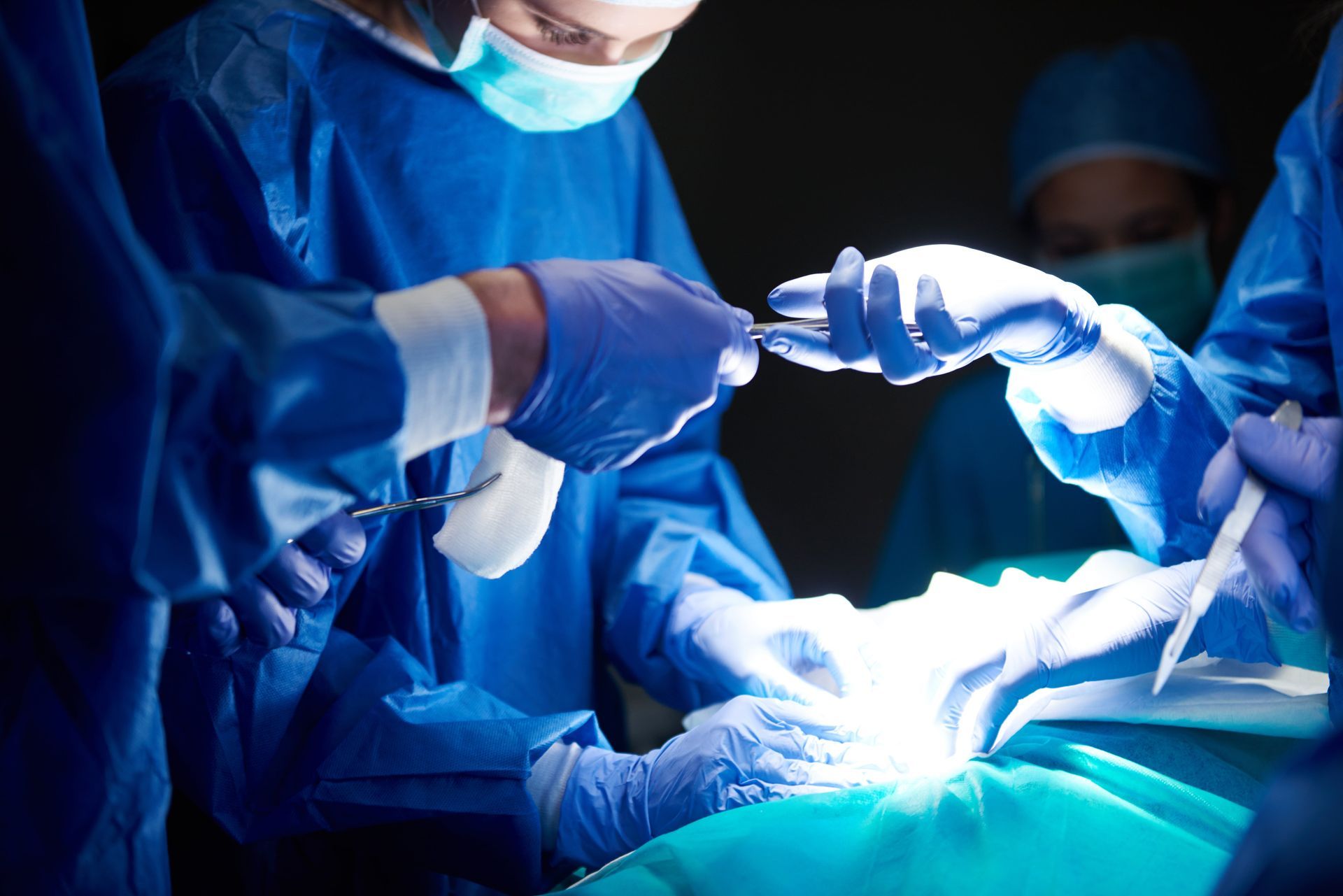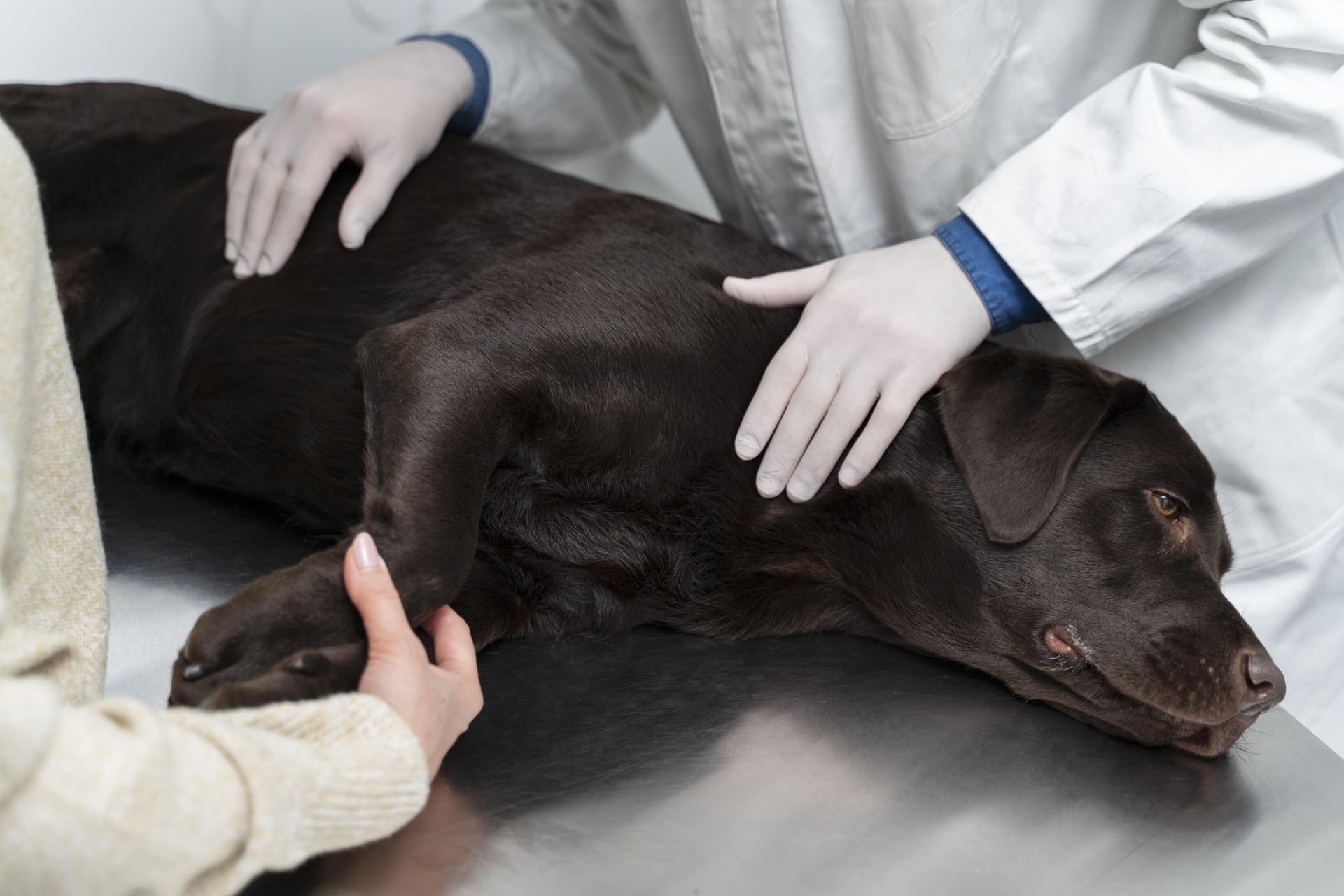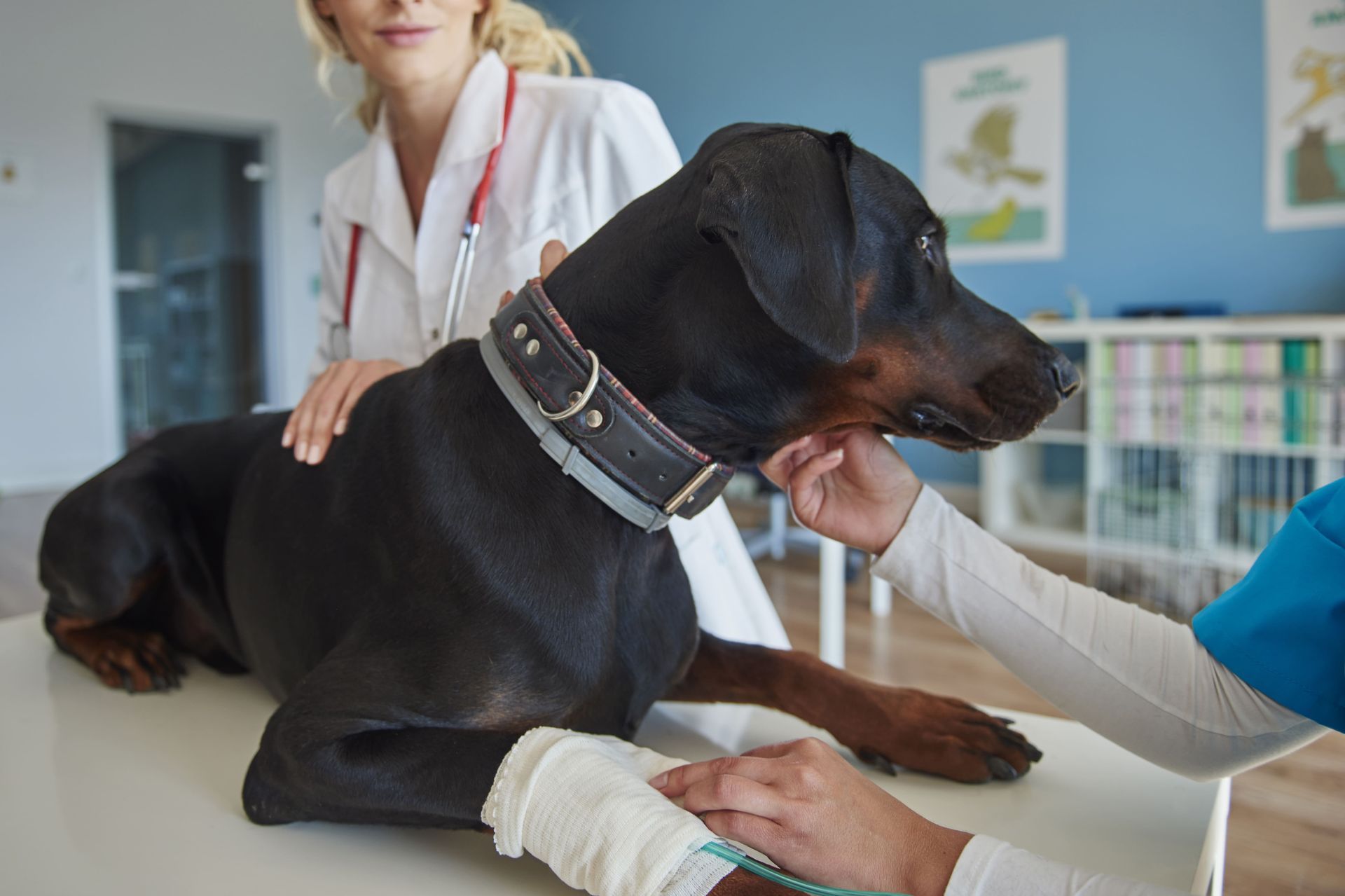Contact Info
133 Lincoln Avenue, Fair Lawn, New Jersey 07410, US
973-427-0990
133 Lincoln Ave, Fair Lawn, NJ 07410
Call Us Now: (973) 427-0990
133 Lincoln Ave, Fair Lawn, NJ 07410
Call Us Now: 973-427-0990
When your dog suddenly starts limping, it can feel like your heart skips a beat. One moment, they’re sprinting through the backyard; the next, they’re hobbling toward you in pain. One of the most common culprits? A torn ACL. While surgery is often the go-to fix, not every dog — or owner — is ready to head straight to the operating table. Fortunately, there’s more than one path to healing.
From rest and rehabilitation to innovative therapies like hydrotherapy and orthopedic
braces, non-surgical Dog ACL Repair options are evolving fast — and they’re more accessible than ever. This guide explores viable alternatives that help reduce pain, restore mobility, and bring back the tail-wagging joy your furry friend once had. Whether you’re seeking a gentler recovery or a budget-friendly route, understanding these options can make all the difference in your pet’s journey back to comfort and confidence.
Understanding Dog ACL Injuries
An ACL injury, known as an anterior cruciate ligament tear, primarily affects the knee joint in dogs, just like in humans. These injuries can occur suddenly or develop over time due to gradual weakening. The effects are painful and can significantly inhibit your dog's ability to move, jump, or play. Understanding the complexity of an ACL injury is the first step in exploring different avenues for Dog ACL Repair.
Symptoms of an ACL injury often include a pronounced limp or the inability to put weight on a particular leg. In some cases, you might notice swelling in the knee area, or your dog might cry out unexpectedly in pain during movement. Recognizing these signs
early can lead to a quicker diagnosis and treatment, helping prevent further complications.
Best Non-Surgical Alternatives to Dog ACL Repair
1. The Traditional Route: ACL Surgery
ACL surgery is a common procedure for treating severe ACL tears in dogs. It involves repairing the torn ligament to restore stability to the knee joint. This procedure is widely regarded as both effective and necessary for cases where a dog can't regain proper mobility through rest alone. At Lincoln Avenue Cat & Dog Hospital, our veterinary team is equipped with advanced technology and expertise to ensure the best care for your pets needing such surgeries.
Despite its effectiveness, surgery also comes with recovery time and risks, like any major procedure. Pet owners often consider factors like the dog's age, overall health, and the potential costs associated with Dog ACL Repair surgery when making their decision.
2. Non-Surgical Management: Rest and Rehabilitation
For dogs with mild ACL tears, non-surgical management can sometimes suffice. This approach focuses on reducing pain and inflammation through rest and controlled rehabilitation exercises. The goal is to strengthen the muscles surrounding the knee to provide better joint support. This methodology requires patience and regular monitoring to ensure that the injury heals properly without surgical intervention.
Careful exercise management is essential. Too much activity might exacerbate the injury, while too little can lead to muscle atrophy. Gradual reintroduction of controlled activities is key to aiding Dog ACL Repair naturally while preventing further damage.
3. Physical Therapy and Hydrotherapy
When it comes to gentle and effective care, Dog ACL Repair doesn’t always mean surgery. Physical therapy and hydrotherapy are excellent alternatives. They offer healing and rejuvenation without the invasiveness of traditional procedures.
Hydrotherapy, in particular, allows your dog to exercise in water, reducing stress on their joints while enhancing mobility and muscle strength. These therapies can accelerate recovery for dogs experiencing mild to moderate ACL injuries.
Led by experienced practitioners, these therapies are sometimes used in conjunction with surgical procedures to ensure a holistic recovery. The focus is always on offering balanced rehabilitation that supports overall joint health and function.
4. Orthopedic Bracing as a Support Option
Orthopedic braces offer a unique solution for managing ACL injuries in dogs. These braces provide external support to the knee joint, allowing the ACL to heal naturally by limiting excessive movement. Custom-fit braces are ideal as they ensure proper fit and effectiveness, potentially offering relief and improved mobility to dogs not eligible for surgery.
Though bracing can be effective, it's crucial to consult with your vet to ensure that this option suits your dog’s specific condition. Not every dog may respond well, and incorrect fitting can lead to discomfort or complications. As a supplementary method for Dog ACL Repair, orthopedic bracing can offer your pet the mobility they need during recovery.
6. Natural Supplements and Anti-Inflammatory Medications
Natural supplements such as glucosamine and chondroitin help support joint health by promoting cartilage repair and reducing inflammation. Anti-inflammatory medications further complement this by managing pain and swelling. Such supplements are beneficial as an adjunct to other Dog ACL Repair methods, providing your dog with extra support during their recovery journey.
However, it is important to consult your veterinarian to find the correct combination and dosage of supplements or medications, ensuring safety and effectiveness tailored to your pet’s needs.
7. Lifestyle Changes to Prevent Further Injury
Making certain lifestyle adjustments can play a crucial role in both preventing ACL injuries and aiding the recovery process. Ensuring your dog maintains a healthy weight is paramount, as excess weight puts additional stress on joints, exacerbating injuries. A balanced diet rich in nutrients supports overall health and recovery.
Additionally, tailoring your dog’s exercise routine can prevent excessive strain on their joints. Avoiding high-impact activities and offering moderate, controlled exercise helps maintain muscle strength without risking further injury. A focus on consistency and moderation goes a long way in safeguarding your dog's joint health — especially in the context of long-term Dog ACL Repair success.
Exploring All Options for Your Dog's ACL Injury
Deciding on the best course of action for your dog's ACL injury is crucial. While surgery is often recommended, exploring these alternatives can offer other paths to healing. Whether it's bracing, hydrotherapy, supplements, or lifestyle modifications, Dog ACL Repair doesn’t always mean going under the knife.
Always consult with your vet to make the best informed decision for your pet's health and happiness. Your dog’s journey to recovery can be filled with hope, comfort, and healing—no matter the route you take.
Conclusion: Choosing the Right Path for Healing
A torn ACL doesn't have to spell the end of an active life for your dog. With the right support, personalized treatment, and a trusted veterinary partner, your dog can bounce back to tail-wagging days. From physical therapy to bracing and nutritional support, the options for Dog ACL Repair are more varied than ever—giving pet parents the freedom to choose what's best for their furry friend.
Remember, healing takes time, love, and a bit of patience. Whatever approach you choose, your commitment to your dog's well-being makes all the difference.
FAQs
Q-1. Can a dog recover from a torn ACL without surgery?
Ans: Yes, some dogs with partial tears or mild injuries can recover through rest, physical therapy, and bracing, depending on their size, age, and activity level.
Q-2. How long does non-surgical Dog ACL Repair take?
Ans: Recovery timelines vary, but most non-surgical treatments require several weeks to a few months of consistent care, rehabilitation, and vet supervision.
Q-3. Are orthopedic braces effective for Dog ACL Repair?
Ans: Yes, when properly fitted and used under veterinary guidance, orthopedic braces can support the knee and promote healing for dogs with ACL injuries.
Q-4. What supplements help with Dog ACL Repair?
Ans: Glucosamine, chondroitin, and omega-3 fatty acids are commonly used to support joint health, reduce inflammation, and aid recovery.
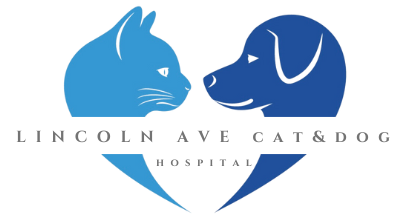
The Lincoln Avenue Cat & Dog Hospital was founded in 1984, quickly emerging as a regional leader in treating felines exclusively.
Quick Links
Contact Info
133 Lincoln Avenue, Fair Lawn, New Jersey 07410, US
973-427-0990

Quick Links
Contact Info
133 Lincoln Avenue, Fair Lawn, New Jersey 07410, US
(973) 427-0990
Fax: (973) 427-0990
© 2025
All Rights Reserved | Lincoln Ave Cat & Dog Hospital
New Paragraph
PAYMENT POLICY
Please note that there is a 3.5% processing fee applied to all credit card payments. If you wish to not incur this fee we will accept a debit card or cash. We apologize for any inconvenience.


